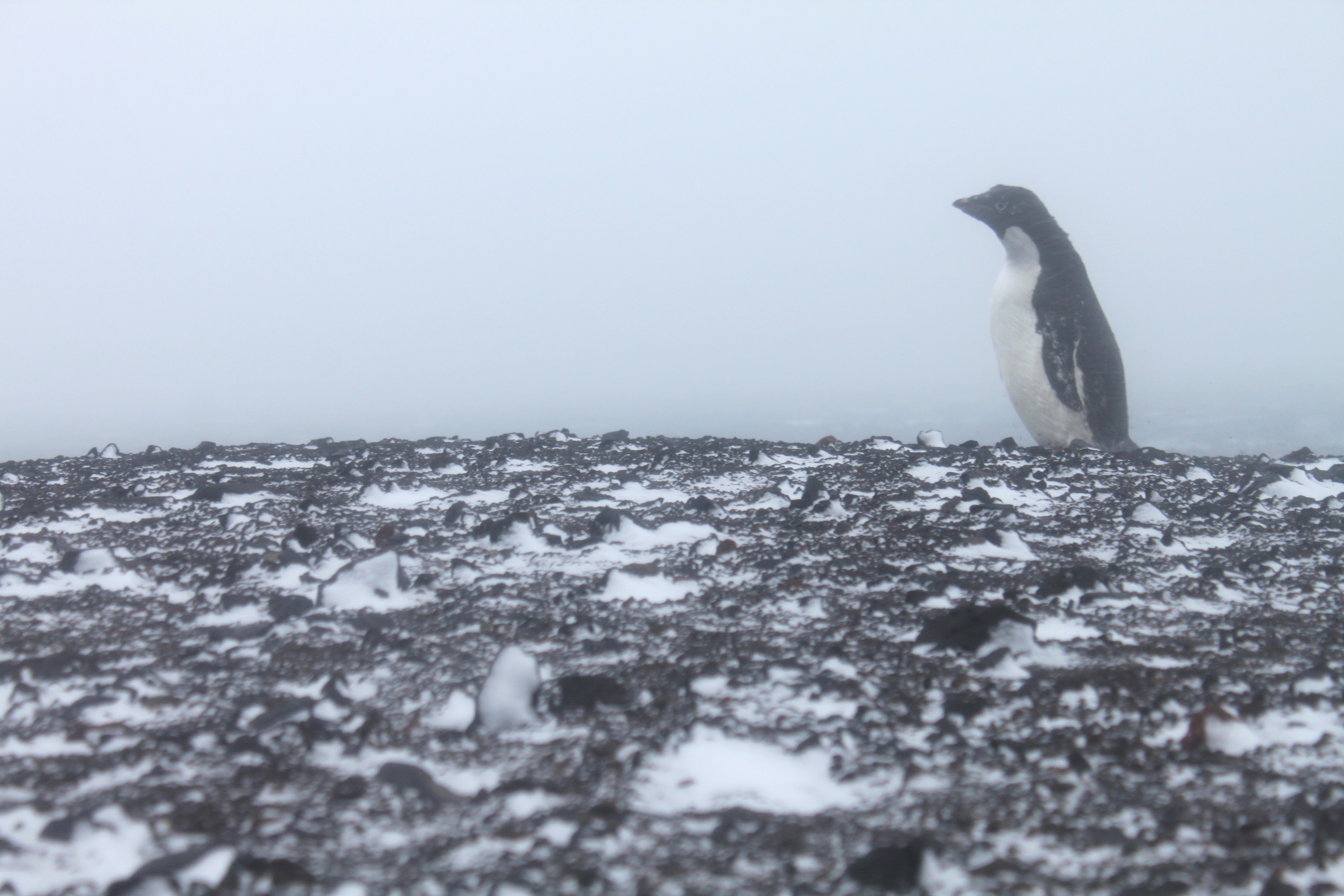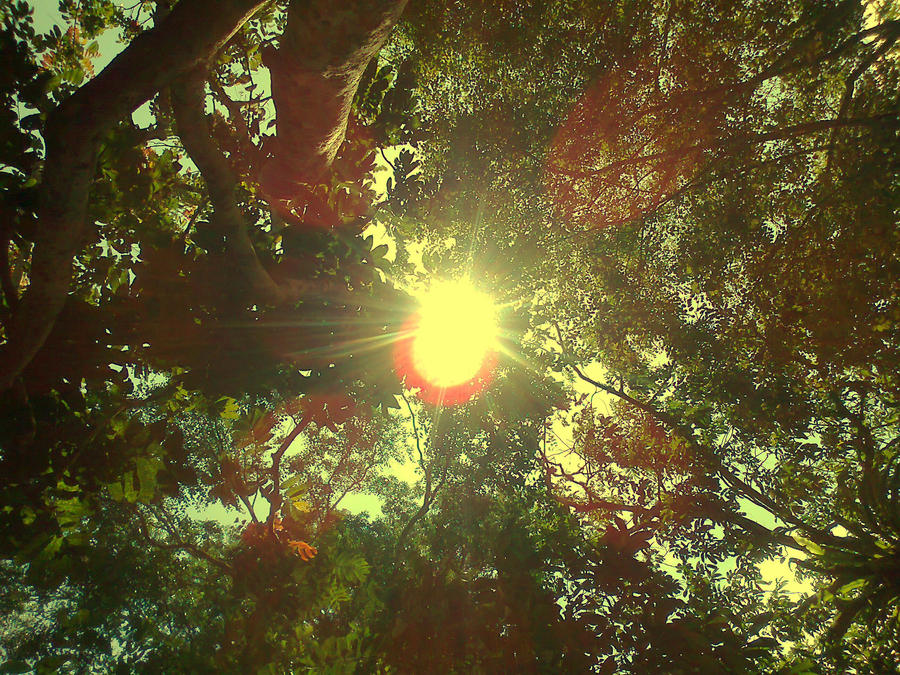The summer is coming to a close. I’m sorry. It’s time for us to prepare for the chilly winds of autumn and winter.

For college students like myself, this means leaving our sweet homes and returning to messy, smelly dorms and overpriced, unsavory meals. But on the other hand… No longer do we have to deal with a hundred degrees temperatures of hell throughout the entire day. No longer do we have to sleep in our own sweat. No longer do we have to walk outside and be stared down and melted by the sunlight’s rays.
Who cares about sunlight anyways?
Plants for one. We all know that sunlight is important for providing plants with the energy they need to grow. Surprisingly, sunlight also impacts one of the biggest living invertebrates, one of the largest among molluscs, on the other side of world. In the South Pacific and Indian Oceans a special type of clams lives–the giant clam. The giant clam rightly earns its moniker with sizes reaching 137 cm in length and 340 kg in weight.
Tridacna giant clams can grow at an incredible speed. In the wild, giant clams are estimated to grow at about 5-8 cm a year, approximately the size of a human index finger. In the laboratory, they have even been shown to grow at 15 cm a year! These clams dominate the growth charts, with very few other clams in even comparable range. Giant clams also tend to stop growing after they reach maximum size of 4 feet. These fast growth rates make giant clams a huge target for aquaculture for consumption and export. So what accounts for the superhero like growth rates?
Sunlight.
Other than some species in the phyla Porifera (sponges) and Cnidaria (corals, sea anenomes, etc.), few animals are capable of harnessing sunlight for their own metabolism. A wasp discovered in 2010 hosts a unique yellow pigment layer containing xanthopterin, a light harvesting molecule capable of transforming light into electrical energy. In addition, a salamander, now known as the world’s first photosynthetic vertebrate, was discovered to contain algal symbionts.
_.jpg)
Like these animals, giant clams too can harvest light and thus join a unique group in the animal kingdom. Giant clams are actually both autotrophs (able to make own food from light) and heterotrophs (must consume other organisms for energy), making them mixotrophs. Clams, giant clams included, normally filter feed. They do this by drawing in water with an incurrent siphon, filtering the water for food with gills, and finally expelling away the water by an ex-current siphon. However, for giant clams, they are also able to absorb sunlight. Light enters a tubular system–very much similar to that of the branches of a tree–in the giant clam’s digestive tract containing photosynthetic algae called zooxanthellae. This symbiotic relationship between zooxanthellae and clams provides the giant clam with a source of food.
Tridacna clams even have an adjusted morphology that allows them to project themselves towards sunlight, making them a “backwards animal.” Compared to other clams, the body of giant clams are rotated 180 degrees so that the opening of the shell shows the siphonal tissue and mantle rather than the normally seen foot. This awesome morphology is pretty clear when you compare pictures of the giant clam with what you normally imagine clams to look like:


Little is known exactly how much giant clams depend on photosynthetic symbionts and how much they depend on normal filter feeding. Shimek in 2009 stated that the fact that every giant clam has a functioning feeding apparatus is irrefutable evidence that they must feed in order to survive. However, least in adults at least, giant clams can attain 70-100% of their nutrients from photosynthesis, while younger clams (and in particular in T. gigas) rely more on filter feeding. Klumpp found that juvenile T. gigas obtained ~65% of their carbon input from filter feeding. However, as they grew older into adults this number declined to ~34%. Interestingly, individuals of T. deresa, T. tevora, and T. gigas have all been shown to be able to grow from juvenile to adult, meeting all carbon needs, through photosynthetic symbionts alone, so there is no doubt that they truly are photosynthetic creatures.

So… of course, it comes down to the question: what about us? Can humans perhaps one day be able to photosynthesize? Our fantasies of transforming pure sunlight into a juicy hamburger with a healthy dose of fries and milkshake… could it some day become reality? As it is, being able to form a symbiotic relationship with photosynthetic microbes is a big deal. In order for us to be able to photosynthesize, we must have quite a few deviations:
- We must be able to retain photosynthetic symbionts, feed them, control them, and persuade them to release their nutrients.
- We must be able to alter our immune system to not attack the symbionts.
- We must develop a resistance to skin cancer.
- We must drink a lot more water.
- We must grow a lot more skin to increase our surface area, and finally…
- We must develop a love for colorful skin.
Of course, this list is fantastically short of what it truly will take for humans to even imagine developing photosynthetic tissue. The biochemical and physiological complications of integrating chlorophyll or photosynthetic symbionts into our system are countless, and the research in the area is limited (for obvious reasons). However, this does not mean that it’s not possible. As we learn more about how other animals are able to incorporate light into their own diet, perhaps we might begin to think about how we can apply these interesting insights into our own biological engineering projects. Being able to photosynthesize probably won’t be able to transform us into green giants. But as we’ve seen before, humans are really great at ingeniously taking what they see in nature and transforming nature into vessels of human creativity. In any case, we can always dream, right?
Right.
References
1. Bonham, K. (1965). Growth rate of giant clam Tridacna gigas at Bikini Atoll as revealed by radioautography. Science, 149, 300-2.
2. Yamaguchi, D. (1977). Conservation and cultivation of giant clams in the tropical Pacific. Biol. Cons., 11, 13-20.
3. Klumpp, D., & Lucas, J. (1994). Nutritional ecology of the giant clams tridacna tevoroa and t. deresa from tonga: influence of light on filter-feeding and photosynthesis. Mar. Ecol. Prog. Ser., 107, 147-156.
4. Venn, A., Loram, J., & Douglas, A. (2008). Photosynthetic symbioses in animals. J. Exp. Bot., 59(5), 1069-1080.
5. Toonen, R., Tomoe N., Tom O., et al. “Growth of cultured giant clams (Tridacna spp.) in low pH, high-nutrient seawater: species-specific effects of substrate and supplemental feeding under acidification.” Mar. Bio. Assoc. 92. (2011): 731-740.
